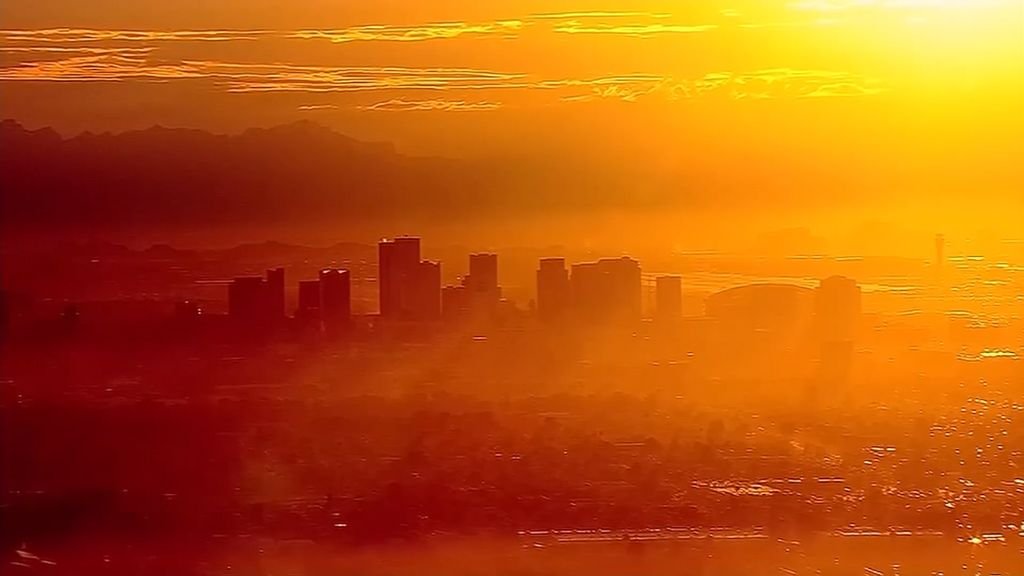Arizona’s biggest city has driest monsoon season since weather service began record-keeping in 1895

PHOENIX (AP) - After a summer of extreme heat, Arizona’s most populous city is in the record books again. This time Phoenix is notching a record for dry heat.
The National Weather Service said Sunday that the monsoon season this year in the arid Southwest dropped only 0.15 inches (.38 centimeters) of rainfall from June 15 to September 30. That’s the driest since the agency began keeping records in 1895. The previous mark was 0.35 inches in 1924.
The monsoon season normally runs for about three months each year starting in June, when rising temperatures heat the land and shifting winds carry moisture from the eastern Pacific and Gulf of California to the Southwest via summer thunderstorms.
Phoenix’s average rainfall during a monsoon season is 2.43 inches (6.1 centimeters). Arizona gets less than 13 inches (33 centimeters) of average annual rainfall as America’s second driest state behind Nevada, which meteorologist say averages less than 10 inches (25.4 centimeters) of rain per year compared to the national average of about 30 inches (76 centimeters).
Nevada has struggled with drought conditions since 2020. New Mexico, the fourth driest state in the U.S. with an average annual rainfall of about 14 inches (35.5 centimeters) per year, also has been affected by the drought in recent years.
Phoenix this summer experienced the hottest July and the second-hottest August. The daily average temperature of 97 F (36.1 C) in June, July and August passed the previous record of 96.7 F (35.9 C) set three years ago.
In July, Phoenix also set a record with a 31-day streak of highs at or above 110 F (43.3 C), creating a health hazard for people whose bodies were unable to cool off sufficiently amid the persistent, relenting heat.
Confirmed heat-associated deaths in Arizona’s most populous county continue to rise in the aftermath of the record summer heat.
Maricopa County public health data shows that as of Sept. 23, there were 295 heat-associated deaths confirmed with a similar number — 298 — still under investigation for causes associated with the heat.
The rising numbers are keeping Maricopa on track to set an annual record for heat-associated deaths after a blistering summer, particularly in Phoenix. No other major metropolitan area in the United States has reported such high heat death figures or spends so much time tracking and studying them.
Scientists predict the numbers will only continue to climb as climate change makes heat waves more frequent, intense and enduring.